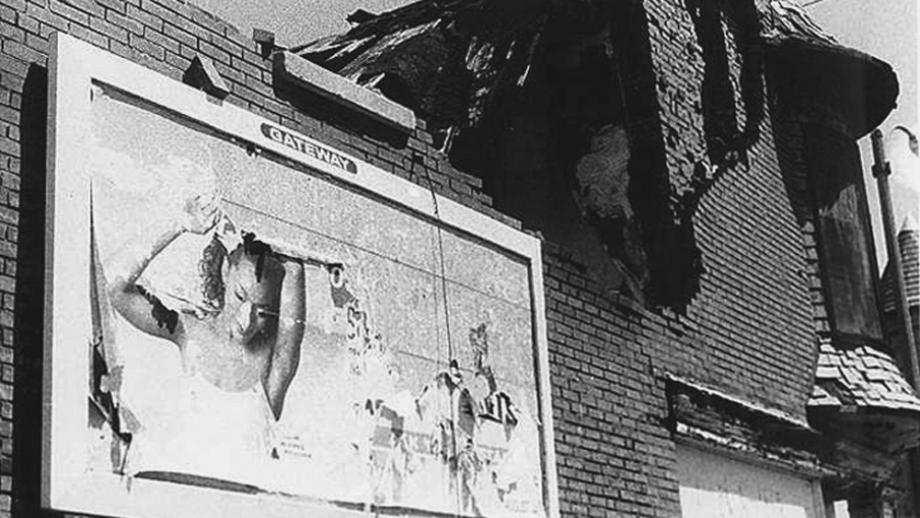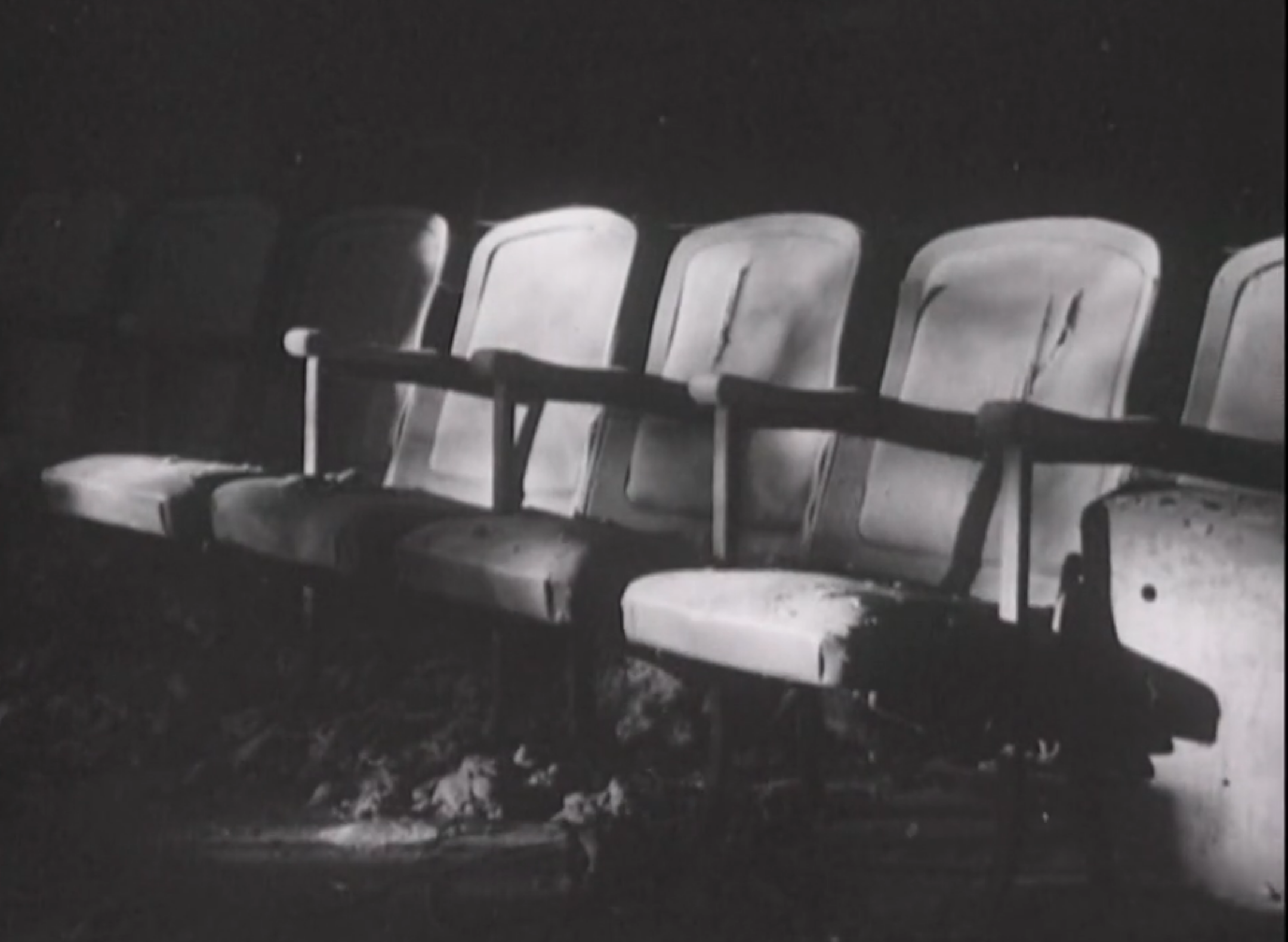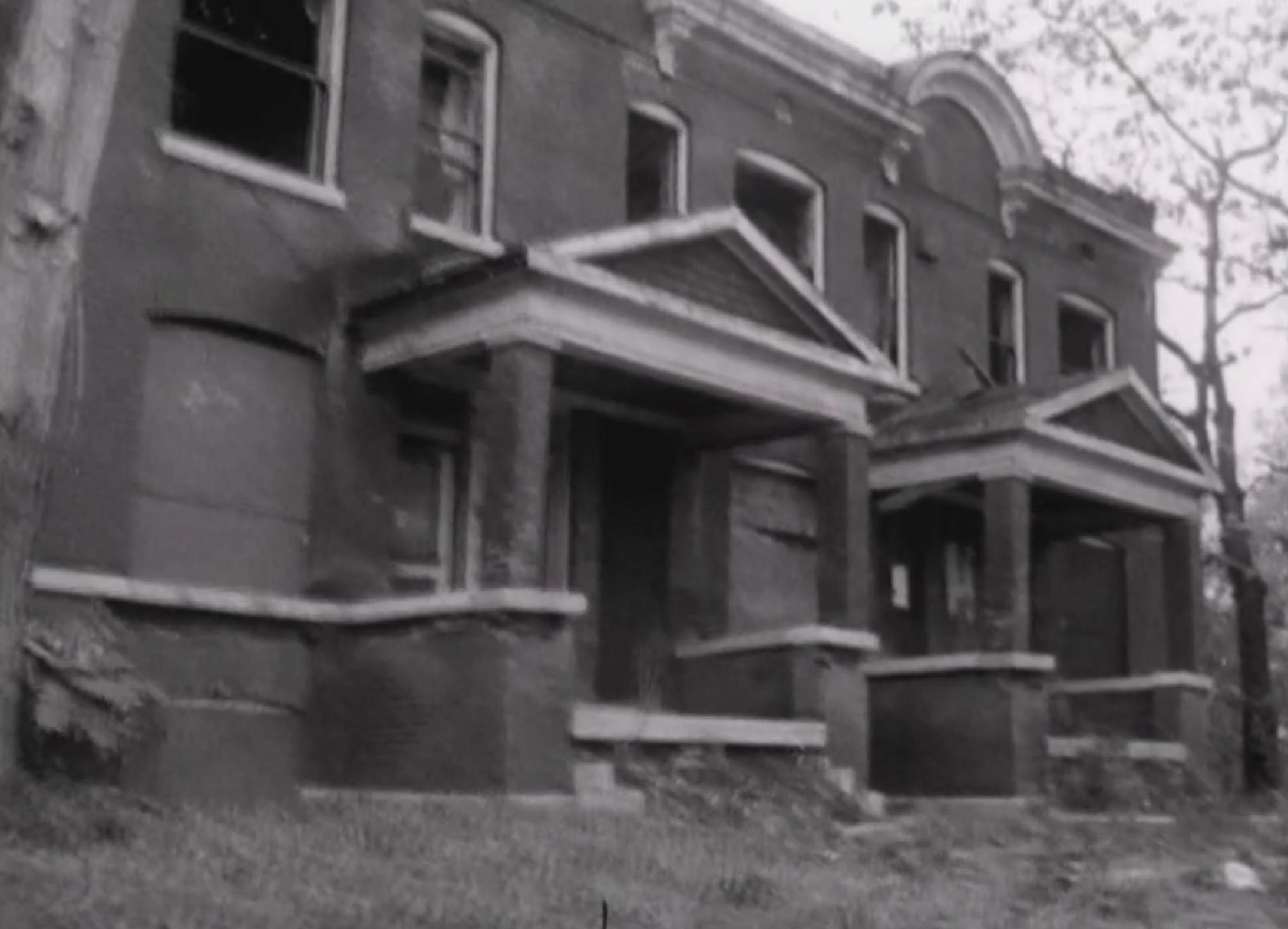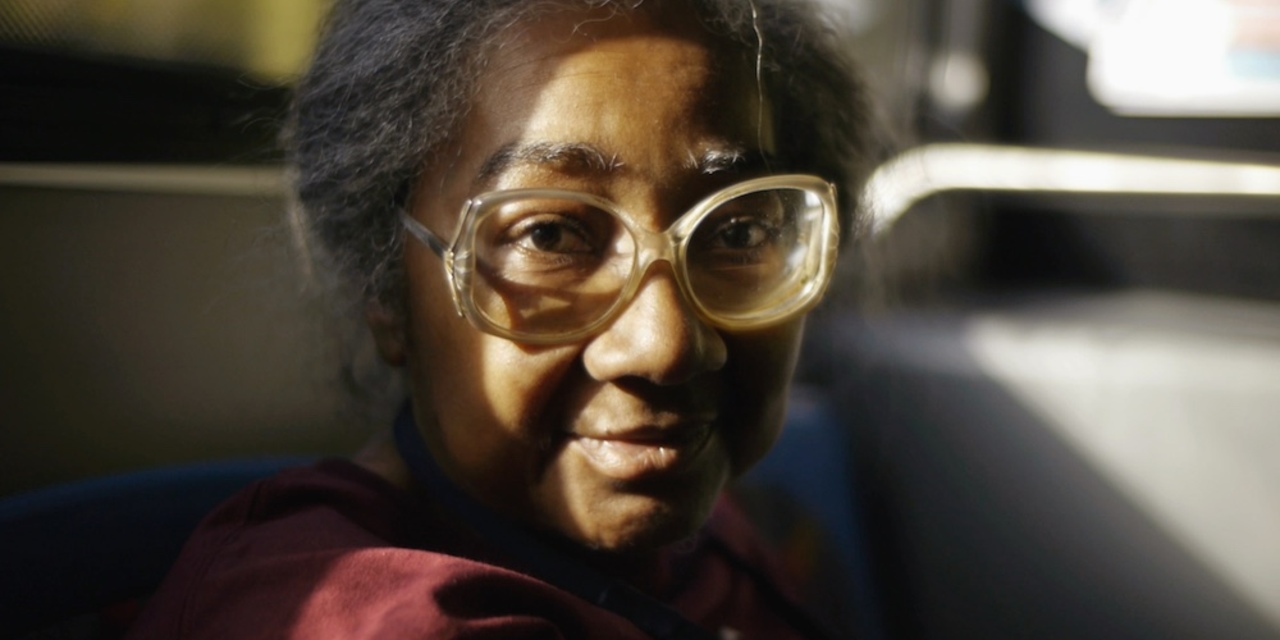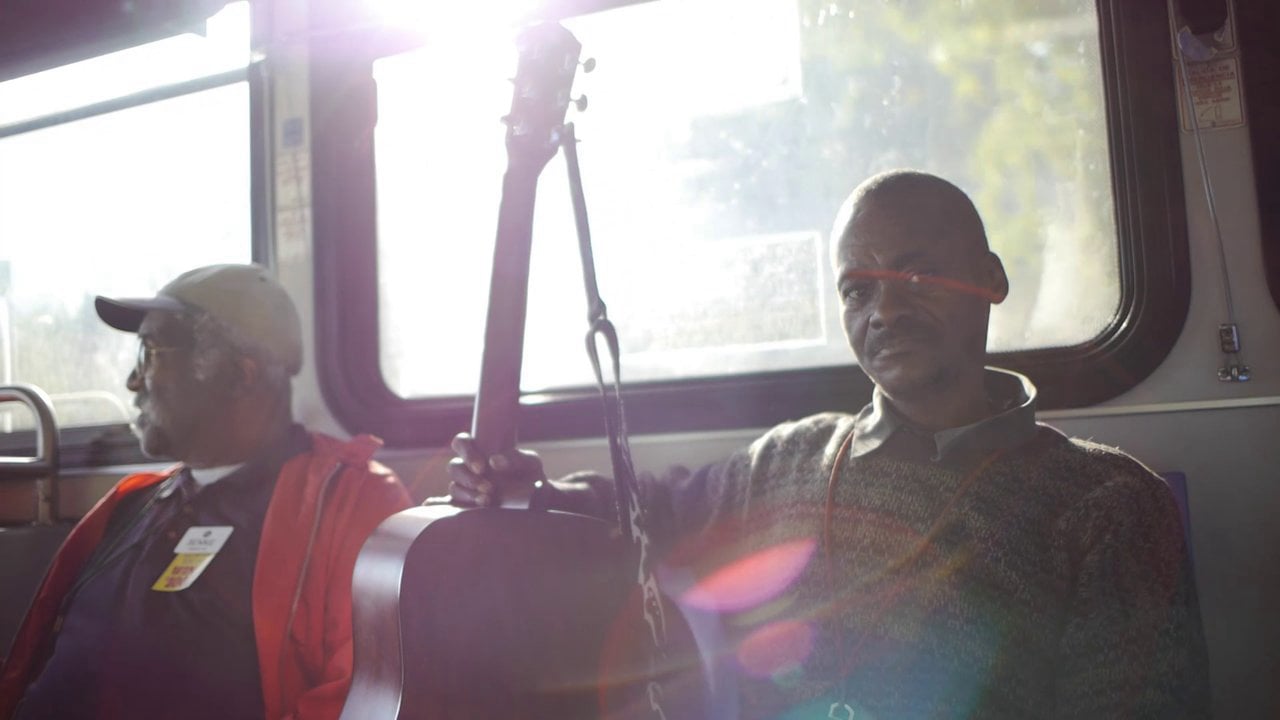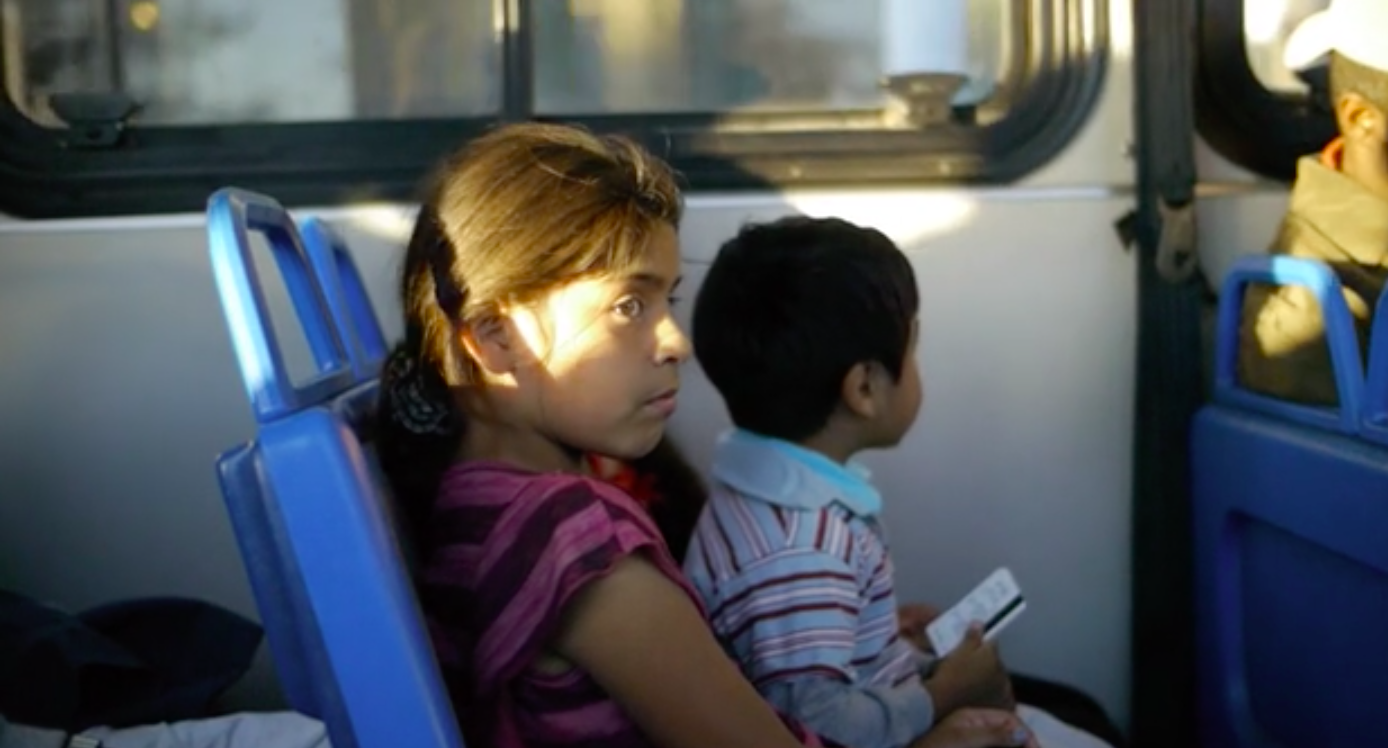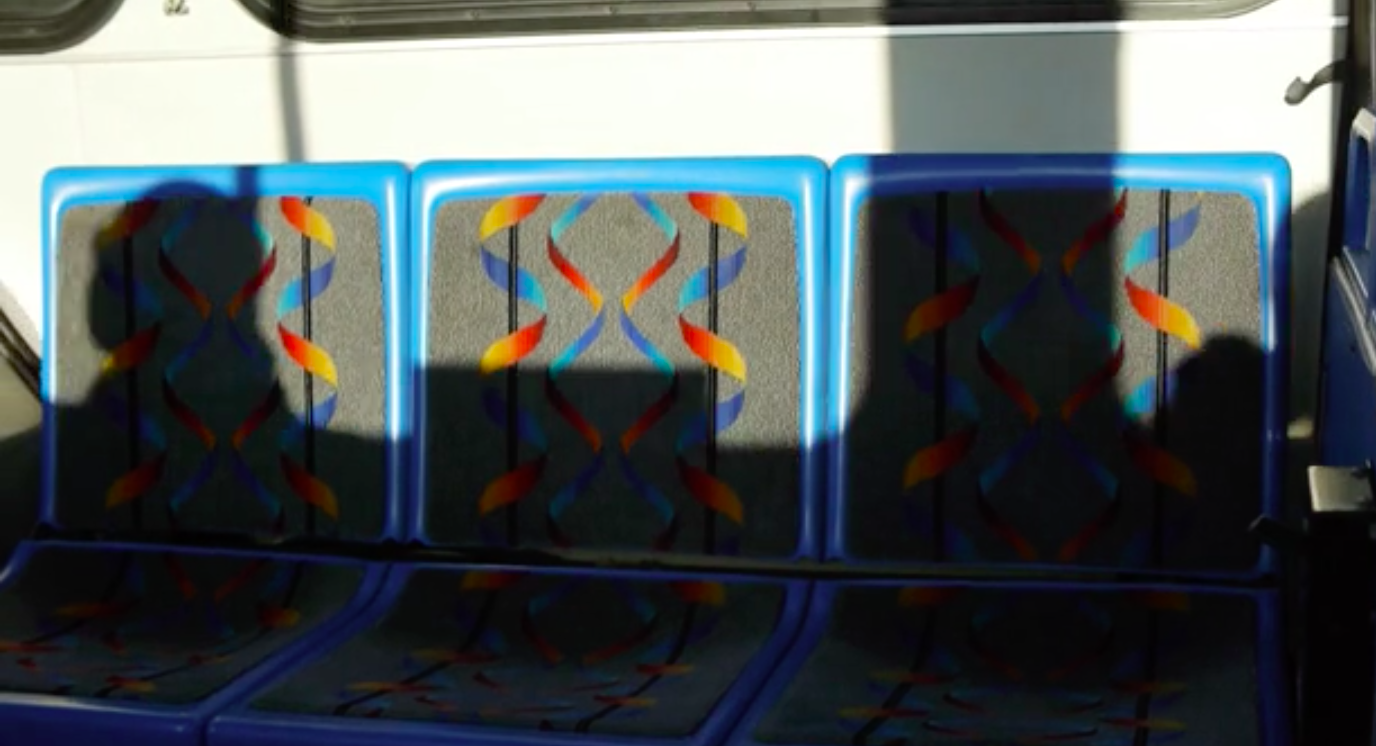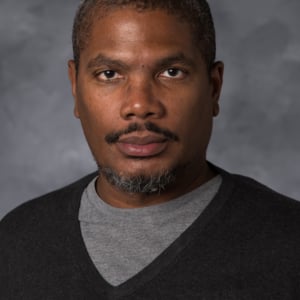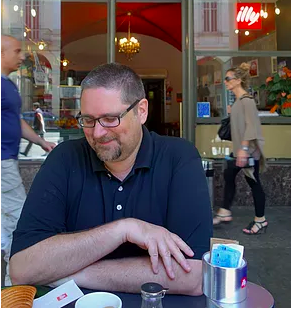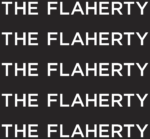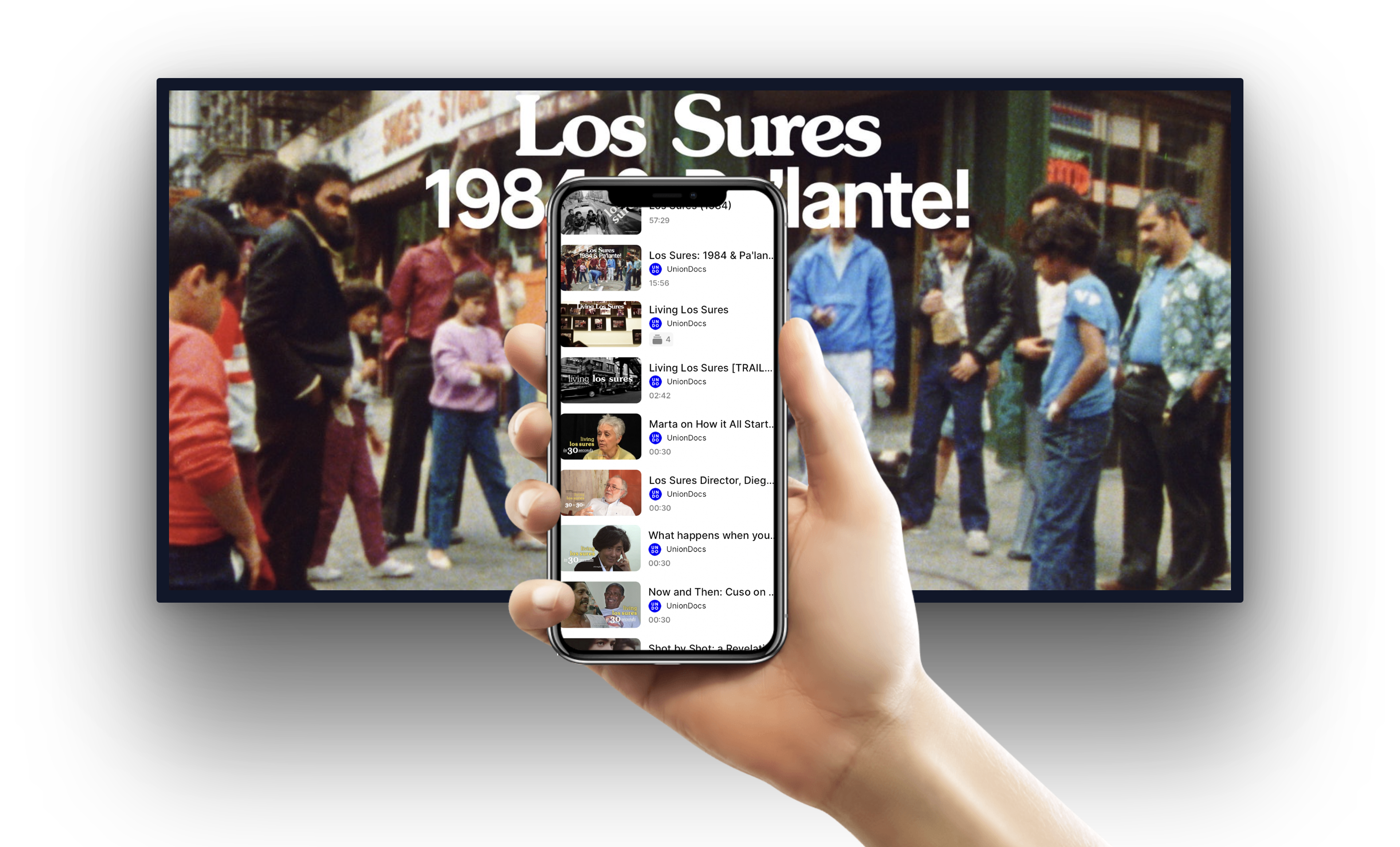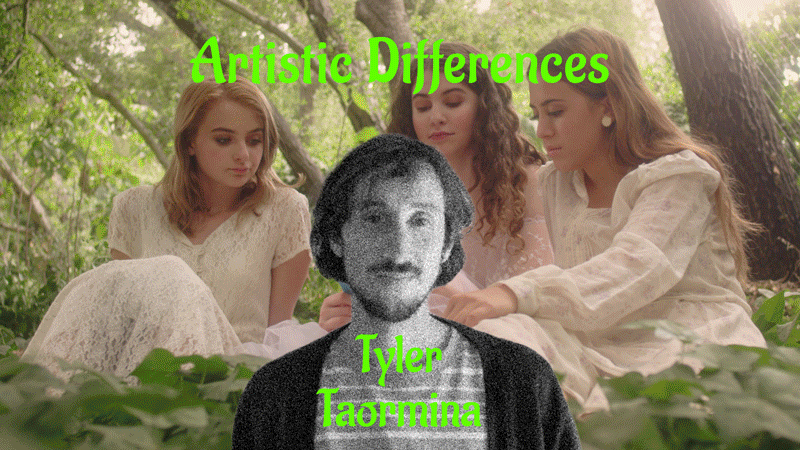Sep 20, 2018 at 7:30 pm
still/here
Screening to be followed by conversation with Filmmaker Christopher Harris and Urbanist / Educator Joseph Heathcott
We’re thrilled to present the NYC premiere of Christopher Harris’ film, still/here where Harris paints a portrait of civic neglect and apathy in his hometown of St Louis’s northside neighborhoods that are inhabited by almost exclusively working class and working poor black and African American populations. Michael Sicinski of Cinema Scope says, “it is somewhat galling that the film [still/here] is not better known. If it did find a wider audience, I could see it very easily being recovered as one of the significant avant-garde works of the past decade.”
This feature will be preceded by Joel Wanek’s short, Sun Song. Wanek, a frequent collaborator of Harris’, takes us on a poetic journey on a bus route in Durham, North Carolina into the light.
Christopher Harris will be in attendance for conversation following the program. This event is co-presented with The Flaherty Film Seminar and our weekend workshop Place is The Space, a three day intensive that will explore landscape, and the political and personal relationship to our surroundings in documentary.
Program
still / here
60 min., 2000
still/here is a meditation on the vast landscape of ruins and vacant lots that constitute the north side of St. Louis, an area populated almost exclusively by working class and working poor African Americans. On a basic level, the film constructs a documentary record of the blight and decay of that part of the city. For the most part, still/here is not an overt assessment of social injustices but the politics of class and race within American society are integral to the film. In still/here, the ruins are emblematic of an unimaginable absence at the core of much of the African Diaspora’s experience in North America. From the countless Africans lost in the Middle Passage to the lost future generation of unborn descendant of those that perished during the voyage, to the loss of family and loved ones that were sold away during slavery, absence has been and continues to be a fundamental feature of the African-American experience. But how, in an image-based medium such as film, does one represent absence? still/here acknowledges that an exhaustive rendering of absence is, at best, unlikely. With still/here, I attempt to engage this question by developing a vocabulary of absence. To that end, the film acknowledges the limits of representation and proceeds through a series of visual and aural breakdowns, erasures, contradictions and gaps. It does not use the documentary power of film to recuperate a sense of closure but instead dwells within the space of rupture occasioned by the presence of a profound absence. – CH
Sun Song
15 min., 2013
A poetic journey from the darkness of early dawn to into the brightness of the midday sun in the American South. Filmed over the course of many months riding one bus route in Durham, North Carolina, Sun Song is a celebration of light and a meditation on leaving.
75 min
Christopher Harris is a filmmaker whose films and video installations read African American historiography through the poetics and aesthetics of experimental cinema. His work employs manually and photo-chemically altered appropriated moving images, staged re-enactments of archival artifacts and interrogations of documentary conventions.
He has exhibited widely at venues throughout North America and Europe including solo exhibitions and screenings at MICROSCOPE Gallery in Brooklyn, Autograph ABP in London, the Gene Siskel Film Center in Chicago and the Wexner Center for the Arts in Columbus, Ohio; group exhibitions at the San Francisco Museum of Modern Art, the Art Institute of Chicago and the Artists’ Film Biennial at the Institute of Contemporary Arts in London and festivals including the Ann Arbor Film Festival, the International Film Festival Rotterdam, the VIENNALE-Vienna International Film Festival and the Edinburgh International Film Festival, among many others.
Harris is the recipient of a 2015 Creative Capital grant and a 2017 Alpert/MacDowell Fellowship.
Professor Heathcott (heathcott.nyc) studies the metropolis and its diverse cultures, institutions, and environments within a comparative and global perspective. His research and teaching interests include: cities real and imagined; architectural history, theory, and criticism in the twentieth century; metropolitan and community studies; civic and public cultures; cities as living archives of creativity, urbanity, and design.
In 2016, Prof. Heathcott was the Mellon Distinguished Fellow at the Princeton University School of Architecture. During the academic year 2010-2011, he served as the U.S. Fulbright Distinguished Chair to the United Kingdom at the University of the Arts in London, and as a Senior Visiting Scholar at the London School of Economics. He has also been a visiting scholar at the University of Maastricht, the Catholic University of Lisbon, and the University of Vienna. His articles, photographs, maps, drawings, and exhibits have appeared in a range of venues, from books and magazines, to exhibits, blogs, ‘zines, and journals of opinion. His research on the social and design history of the infamous Pruitt-Igoe public housing project led to an exhibition at MIT titled Vertical City and contributed to the documentary film The Pruitt-Igoe Myth. HIs most recent photography exhibits include Post-Acropolis Metropolis, installed at the Town Hall Gallery in Stuttgart, Germany, and BQ Borderlands, installed at the Queens Museum of Art.
Professor Heathcott has been awarded fellowships and grants from U.S. Fulbright, the American Council of Learned Societies, the Erasmus Institute, the Mellon Foundation, the Brown Center for the Humanities, and the Zolberg Institute. He has been invited to lecture, consult, and judge design reviews in a wide variety of venues both in the U.S. and internationally. He frequently volunteers his time with neighborhood groups and community organizations around issues of planning, preservation, and urban design. He served on the Board of Directors of the Center for Urban Pedagogy and the Urban History Association, and as President of the Society for American City and Regional Planning History. He currently serves on the editorial boards of the Journal of the American Planning Association and the Journal of Arts Writing for Students, and on the advisory board for the Global Urban History Project.


